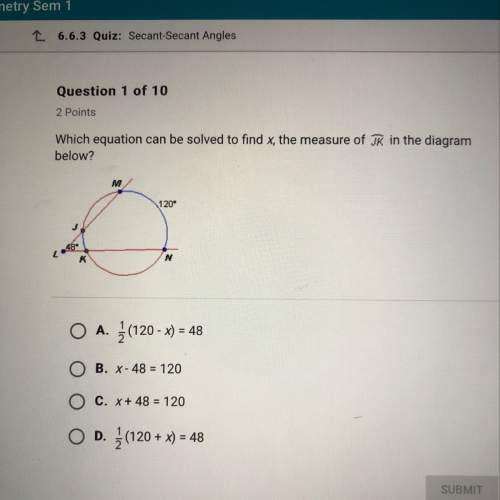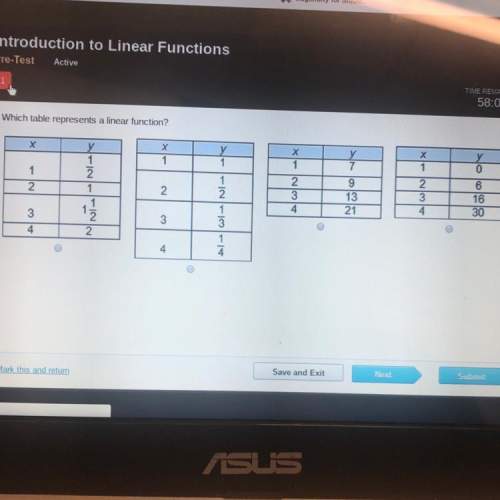
Mathematics, 30.07.2020 01:01, gd9075
Let A = {a, b,c, d} and R = {(a, a),(a, b),(b, a),(c, c),(c, d),(d, c)}be a relation on A. Represent the given relation as a digraph. Find the matrix representation of R. Is R reflexive, irreflexive, symmetric, antisymmetric, transitive? Explain. Calculate R^2. Calculate R R^(-1).

Answers: 1
Other questions on the subject: Mathematics


Mathematics, 21.06.2019 17:30, neverfnmind
James adds two numbers a + b. sally adds the same two numbers but reverse the order b + a what property of addition assures us that james and sally will get the same sum
Answers: 2

Mathematics, 21.06.2019 19:20, TrudnEli1217
Which number completes the system of linear inequalities represented by the graph? y> 2x – 2 and x + 4y 2 et 2 3 4
Answers: 3

Mathematics, 21.06.2019 20:30, daniiltemkin20
List x1, x2, x3, x4 where xi is the left endpoint of the four equal intervals used to estimate the area under the curve of f(x) between x = 4 and x = 6. a 4, 4.5, 5, 5.5 b 4.5, 5, 5.5, 6 c 4.25, 4.75, 5.25, 5.75 d 4, 4.2, 5.4, 6
Answers: 1
Do you know the correct answer?
Let A = {a, b,c, d} and R = {(a, a),(a, b),(b, a),(c, c),(c, d),(d, c)}be a relation on A. Represent...
Questions in other subjects:

Law, 14.10.2020 14:01



Chemistry, 14.10.2020 14:01

History, 14.10.2020 14:01



Mathematics, 14.10.2020 14:01


Mathematics, 14.10.2020 14:01








